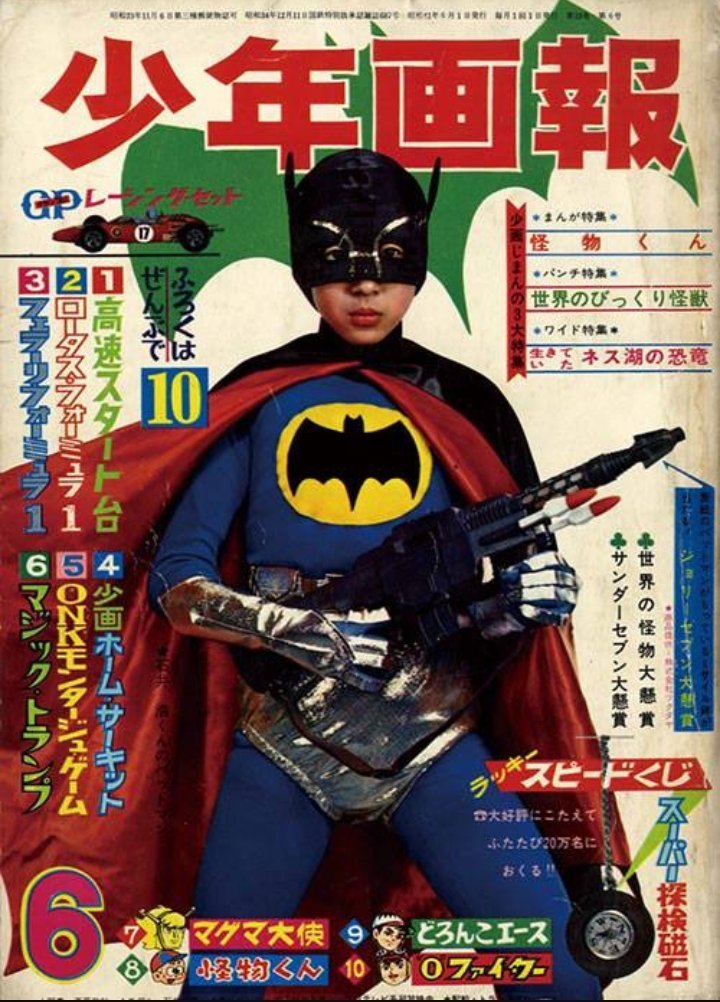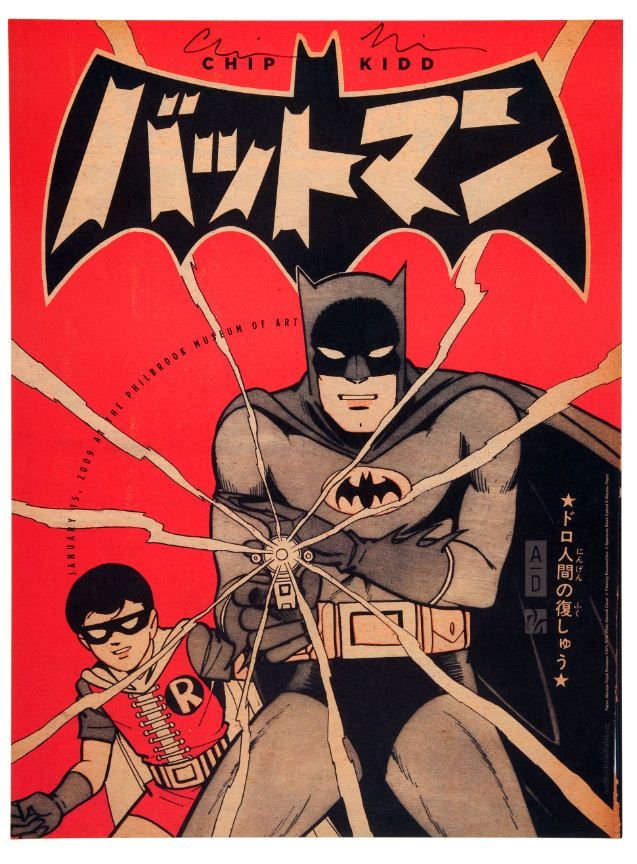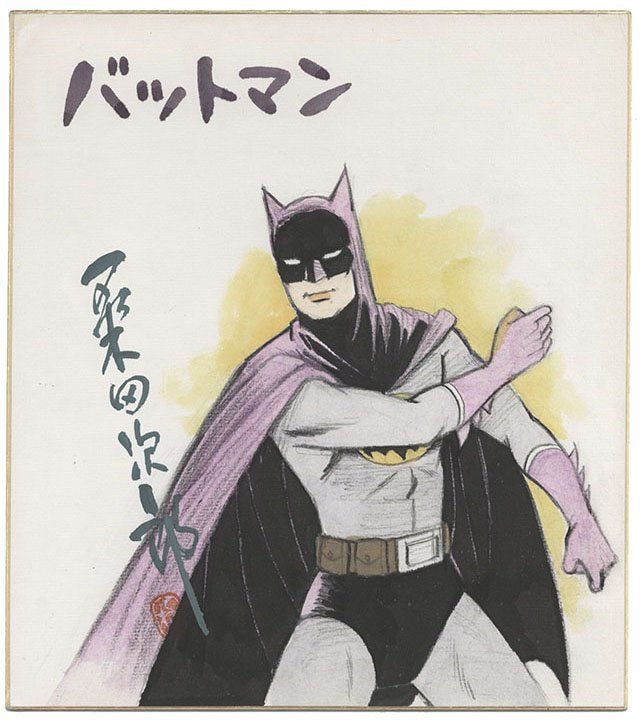In the mid-1960s one TV show took the world by storm: Batman! But did you know how popular he was in Japan?
Let's look back at a fascinating slice of comic book history - BatManga!
Let's look back at a fascinating slice of comic book history - BatManga!

The 1966 Batman TV show created a wave of Batmania in Japan. Batman toys, records and games flew off the shelves. The popular weekly magazine Shōnen King were determined to capitalise on it. 

So they approached DC Comics for the rights to write and draw their own Batman stories for the Japanese market. DC agreed, and these were published in Shōnen King between 1966 and 1967. 



Jiro Kuwata was given the job of illustrating the Japanese Batman stories, having created a number of other manga heroes such as 8 Man and Maboroshi Tantae. He gave his Batman a similar manga style. 

Many years later American graphic artist Chip Kidd found out about these Japanese Batman strips from avid collector Saul Ferris. With DC's agreement he bagan to collate and republish the stories, giving them the name BatManga! 

BatManga stories don't feature the usual Batman villains like The Joker or The Penguin instead Jiro My data created a new range of enemies: from the sinister Doctor Faceless... 

The BatManga anthology was published in 2009 and contains a wealth of photos, stories and strips about Batman in Japan. Do check it out if you can
More superheroes another time..
More superheroes another time..

• • •
Missing some Tweet in this thread? You can try to
force a refresh

























